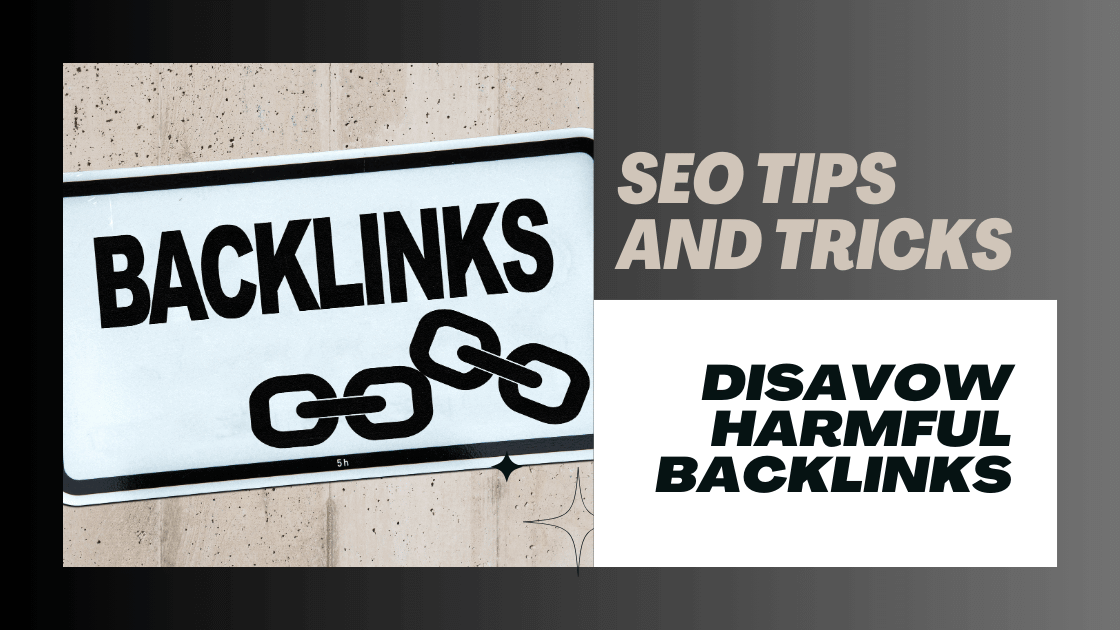A guide highlighting nine important benefits of professional air duct cleaning, from improved indoor air quality to energy savings and reduced health risks.
The following is a guest post from my bloggy friend Taylor McKnight on behalf of Duct Doctor USA. Interested in having a guest post on my website? Click here for my guest post submission form.
Your HVAC System’s SOS: Why Air Duct Cleaning Should Be a Priority
You may not know it, but the air you breathe in your home is not as clean as you think. Many people are surprised to find out that their air ducts need to be cleaned regularly. If you have never had your air ducts professionally cleaned before, now is a good time. There are many benefits of cleaning your vents! Here are nine reasons why you should clean them today:
1) You will improve indoor quality and increase energy efficiency with cleaner filters, by taking care of your HVAC unit, you will get the most out of it.
- You should make sure that you are using high-quality filters for your system to reduce energy costs and improve indoor air quality.
- High-efficiency HVAC systems can remove up to 95% of pollutants present in the ductwork if they have an electronic filter option available on them.
- The more debris is removed from your ventilation system, the fewer dust particles there are floating around inside the house, which means cleaner air!
Think about how much dirt gets trapped inside a vacuum bag during vacuuming. That’s what happens with our homes when we don’t clean our vents! This can lead to negative health affects and even long term damage to your home.
2) Airborne pollutants such as dust mites, bacteria, and viruses will be removed from the system- you will breathe easier.
- Not only are dirt and debris particles trapped in the air ducts, but dust mites can also make their way inside! These tiny bugs feed on dead skin cells, which you shed every single day.
– So after living with these dirty filters for a while, bacteria have plenty of food to eat, causing them to multiply at an alarming rate…and it’s not just about allergies anymore!
3) Your heating and cooling systems work better when they don’t have to filter.
- It’s no secret that emptying the lint tray on your dryer saves energy. Just think about how much power it does not have to exert compared to when the filter is full.
– The same thing can be said about cleaning your air ducts and vents, because when there is less debris in them, then they will work more efficiently. Over time, an unclean system could cause problems to all of its components which means empty repairs for you!
4) Your HVAC system will last longer without needed repairs and you will save money.
- When your vents and ducts are clean, then all of the moving parts in your HVAC unit work more efficiently, which means lower energy bills for you!
- Dirty filters cause strain on the motorized components of an HVAC system, causing them to break down faster than usual but when everything is cleaned out, nothing is stopping it from working at its best!
5) You will reduce the risk of allergies and respiratory illnesses. I mean who doesn’t want to breathe easier?
- Sometimes, individuals suffering from asthma or other respiratory issues may find that allergens in the air worsen their symptoms.
- By cleaning your ducts, you can remove these harmful pollutants giving them relief during allergy season!
6) Removes unpleasant smells and odors. Do you want to smell something besides dust?
- Sometimes, people are surprised by the number of odors found in their air ducts because it isn’t always noticeable until they have them cleaned.
- Things like pet dander, cooking smells, and even cigarette smoke can make their way into your vents!
- When these items get trapped inside, then there’s no telling what type of horrible odors might linger around, causing someone to hold their breath while walking through your home or apartment! You would be very surprised at how often this happens as well.
7) Save on monthly electricity costs:
- Electricity is expensive these days; that’s why it makes sense to do what you can to keep your energy bills low.
- When you take care of your vents and ducts by cleaning them, they will work more efficiently, which means less money spent on heating or cooling units!
8) Ensure your home is safe:
- A dirty system can cause several problems, but one of the most dangerous is carbon monoxide poisoning.
- This colorless and odorless gas has been known to leak from ducts which means your family could be exposed without even knowing it! If you start feeling odd and uneasy by just sitting around this could very well be the issue.
– If you have someone coming in to clean out your vents, then this puts everyone on alert that something might not be right with the HVAC system and they will make sure everything is up to code before leaving.
9) You’ll breathe easier:
There’s nothing like fresh air inside your home when you’ve cleaned out all of those dusty old filters! Cleaning your ventilation systems helps save energy by making them more efficient, so why wouldn’t you want to give yourself some fresh air and breathing relief!
By following these simple steps, you can transform your home into a healthier environment for yourself, your family, and really just whoever enters your residence. And if all else fails, then think about how much better it would feel to know that every time you go upstairs, all of those particles aren’t being kicked around like dust bunnies, and maybe even imagine what could be hiding inside there! You will be able to notice the relief almost immediately!












